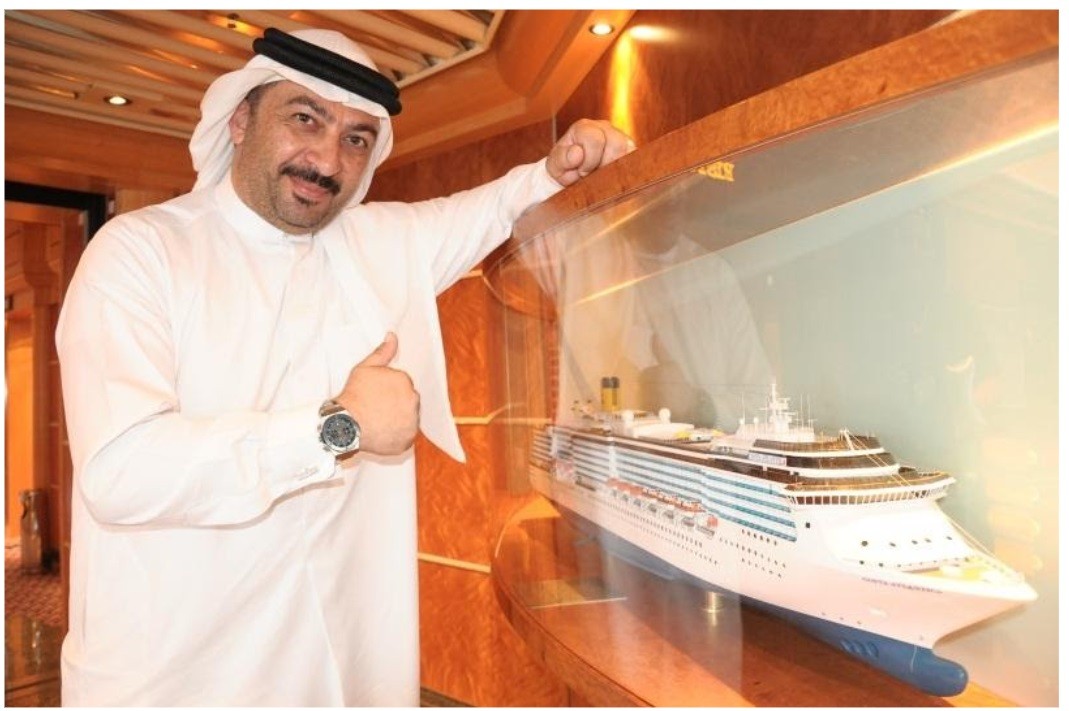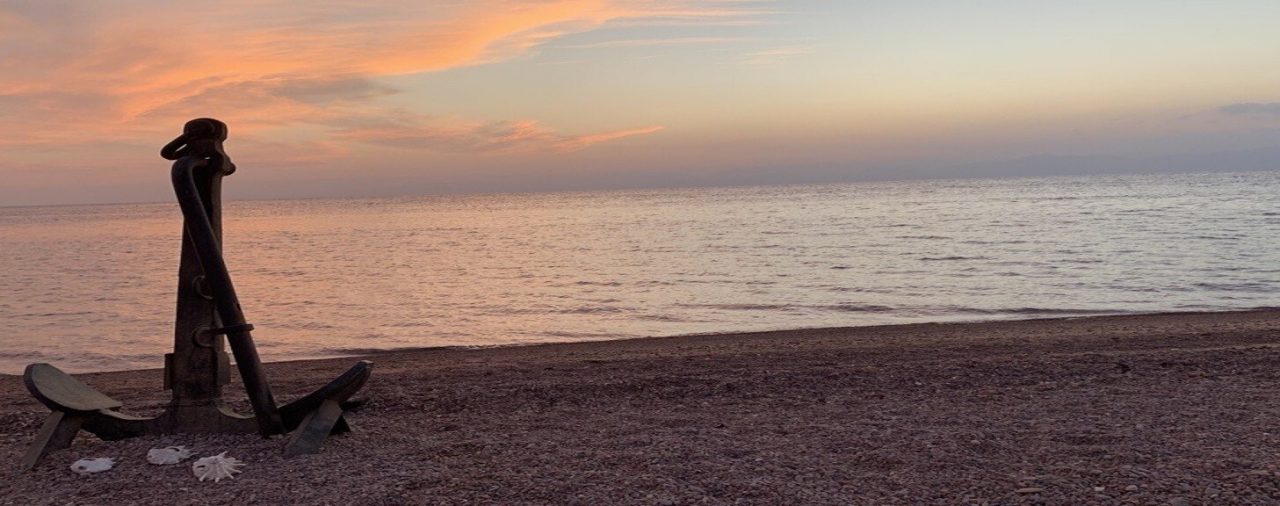Lesson learned from a global pandemic, time to bear the fruits
It has been a year now where Covid-19 has been identified as a lethal killing virus first located in the city of Wuhan, China. It took the World Health Organization (WHO) nearly three months to recognize it as a pandemic leading to an unforeseen closure of almost every sector of trade business and forcing schools, public institutions, shopping malls, and markets, bringing the whole world to a standstill.
In the first quarter of 2020 several cruise ships had taken to the headlines of mega-multimedia tech on all conventional and social networks. My personal reading concluded, at least from my own perspective, that the Cruise Tourism sector was aimed at and deliberately targeted, neglecting the fact that not a single retail sector or tourism entity was immune and could prevent the spread of such a pandemic. I could go on a long analysis, but the bottom line is, at least for tourism, the cruise ship sector was the sole victim since we have already witnessed some healthy return signs, be it domestic or international aviation, city hotels, resort destinations, shopping malls and the staycation streamed and staged the main hope of tourism recovery on a national level.
The cruise sector was due to achieve its best performing year ever! Growth in cruise population worldwide, new cultural and exciting destinations, new source markets targeted with national cruise lines while the cruise building request book was at an all-time best too. The global pandemic has simply turned everything upside down. Notwithstanding, the way cruises championed after receiving a hit with an awful and mean fist on its back, saving all other tourism and service sectors from being under the radar, and it being the focus of the media. Policymakers joined the media in certain destinations, each from their own perspective found a way to showcase the success in closing their cruise terminals and port destinations while their airports and hotels were marching ahead to return to service.
The cruising community is quite small, and it felt the hit while trying its level best to communicate confidence and trust in the fact that cruises are safe, quickly adaptable, and able to enforce regulations. The truth is, the cruise sector has constantly been heading media headlines before the pandemic, while cruise lines have done their level best to educate the media and the public sector over the way cruises stress Safety Protocols and Health Measurements throughout. Compliance to Health & Safety Regulations is the main factor to assure continuance in operations. Estates audits, global vetting organizations and certification bodies have always been engaged in carrying out inspections and surveys to assure that they are abiding by the regulations and they make the assumptions to upgrade the system and adopt new technologies including AI applications, where cruise lines even pioneered some of the early solutions via augmented reality too.
During the past few months, early attempts were taking a leap of faith by taking steps to restart cruise tourism in several locations, thus marking historical miles stones. We saw new, emerging destinations offering incentives of up to 65% in early anticipation of a cruise return. A brand new and exotic destination chartered a luxury cruise ship and pursued a long-awaited opportunity to launch a new tourism sector, bringing a wonderful breeze to a new source. Several destinations engaged to attract cruise lines as they felt the hit on their local economy as all the wealth generated was affecting the income from handicrafts to logistic providers and other developments were simply put on hold.
Domestic cruising was the immediate trend and once again a much safer escape to active cruising since everyone there understood that steps needed to be taken in order to fairly observe treatment to a pivotal sector of tourism too. Countries with those understanding policymakers took the task more objectively while enforcing stringent health procedures, treating airlines, trains, hotels, and other mass transportations at one level. The success of managing the pandemic on a local level in some countries and the readiness, as well as the willingness, of taking responsibility for the country’s own national travellers, encourages people even more to consider the domestic cruise sector as the new and alternative way of investing in domestic tourism. Be it a cruise to nowhere, 2 nights or a three-night cruise leading to one or several destinations within a week, is a great way of introducing the country’s own national resources and potential destinations. In reality, the main drive to a successful domestic cruise can be summed up by the below points:
1. Travelling population driving a market of its own source.
2. Cruise friendly policymakers with political stability and thorough commitment with potential short term funding.
3. Relaxation of local taxations, selectively or on the whole, for cruise activities (ticket sales, bunker, utilities, supply).
Surely the above three points are not all that is needed for active domestic cruising. The cruise value chain is simply endless, however, most of the world’s emerging and existing cruise destinations possess all the qualities required to start domestic cruising, even on short notice. Needless to say, a vaccine will speed up the return of international cruising, yet this is the one time chance for all policymakers and cruise enthusiasts to push the agenda for focusing on national cruising.



Your observations are correct. The cruise industry will not only recover but is expected to see greater growth in the next few years. We all welcome the opening of international travel and can feel confident with the health and safety protocols.